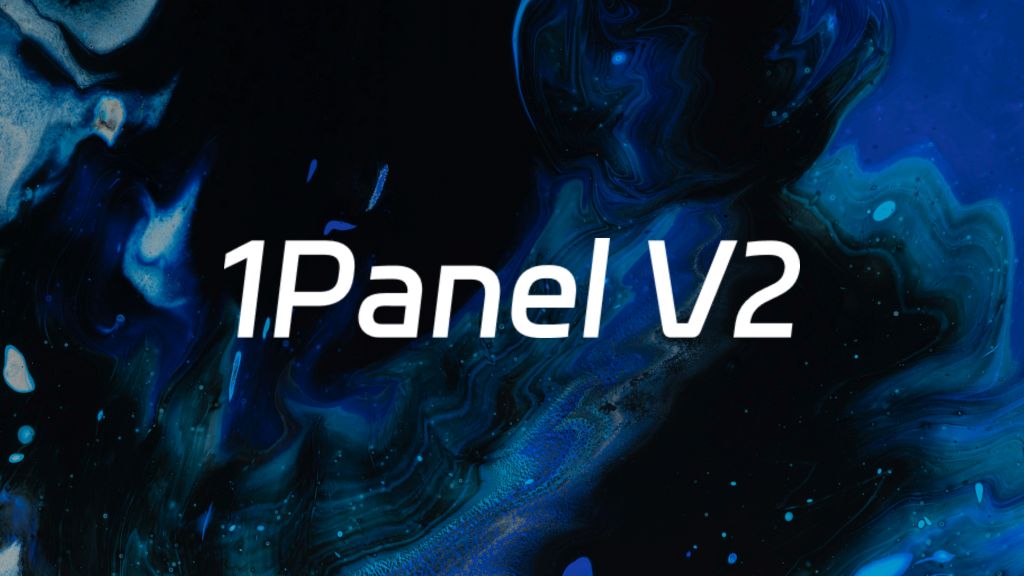Importance of video loading technology
Video content is becoming more and more prevalent in websites, but video files are usually large in size, and mishandling them can lead to slow loading pages. Proper use of loading techniques can improve this problem and give you a smoother browsing experience.

Preloading Technology Explained
preloadedIt means that the browser downloads the video content in advance in the background to prepare it for the upcoming playback. This method is suitable for video content that is certain to be watched.
The HTML5 video element providespreloadproperty to control the preloading behavior:

- auto: browser decides whether to preload (default)
- metadata: only load video metadata (duration, size, etc.)
- none: no preloading
Server load and traffic consumption need to be considered when implementing preloading. For mobile or restricted traffic, it is recommended to use themetadataor none setting.

Delayed loading technology implementation
delayed loadingIt is possible to delay the loading of non-critical video resources until they are about to enter the visual area. This approach effectively reduces the initial page load time.
Realization methods include:
- Using the loading="lazy" attribute (supported by some browsers)
- Intersection Observer API(more reliable cross-browser solution)
const videoObserver = new IntersectionObserver((entries) => {
entries.forEach(entry => {
if (entry.isIntersecting) {
const video = entry.target;
video.src = video.dataset.src;
videoObserver.unobserve(video);
}
});
});
document.querySelectorAll('video[data-src]').forEach(video => {
videoObserver.observe(video);
});Best practice recommendations
Preloading and delayed loading each have their advantages and disadvantages. Preloading can improve page responsiveness and user experience, but may increase initial load time and waste bandwidth.
Wide. Delayed loading, on the other hand, reduces initial load time, saves bandwidth resources, and improves loading efficiency, but may result in delayed display of content and is not friendly enough for SEO
The Good. You can practice the following best practices:
- Use of preloading for key video content (e.g. first screen video)
- Delayed loading for non-first screen videos
- Add appropriate placeholder images for videos
- Consider using adaptive streaming technologies (e.g. HLS/DASH)
- Multiple video quality options available
Performance Testing and Optimization
After implementing the loading strategy, the tool should be used for testing:
- Lighthouse evaluates overall performance
- WebPageTestAnalyzing the loading process
- Browser developer tools to check network requests

Adjust the strategy based on the test results to find the best balance between preloading and delayed loading. Different scenarios may require different configuration options, continuous monitoring and optimization to get the best results.
summarize
Pre-loading and delayed loading have their own advantages and disadvantages, according to the specific page requirements, the reasonable use of pre-loading and delayed loading technology can significantly improve the loading performance of video content. The key is to understand the applicable scenarios of various technologies and configure them according to actual needs. Through continuous testing and optimization, the website can provide a fast and smooth browsing experience while ensuring rich content.
Link to this article:http://gqxi.cn/en/53384The article is copyrighted and must be reproduced with attribution.

























![Emoji[jingya]-Photonflux.com | Professional WordPress repair service, worldwide, rapid response](http://gqxi.cn/wp-content/themes/zibll/img/smilies/jingya.gif)






No comments